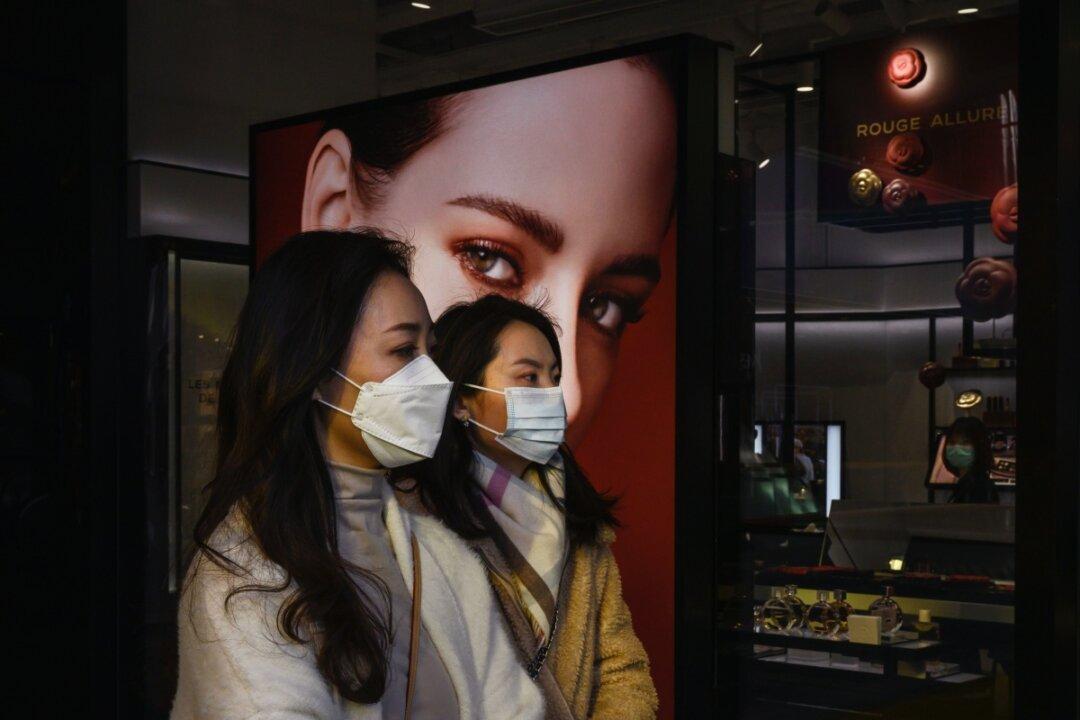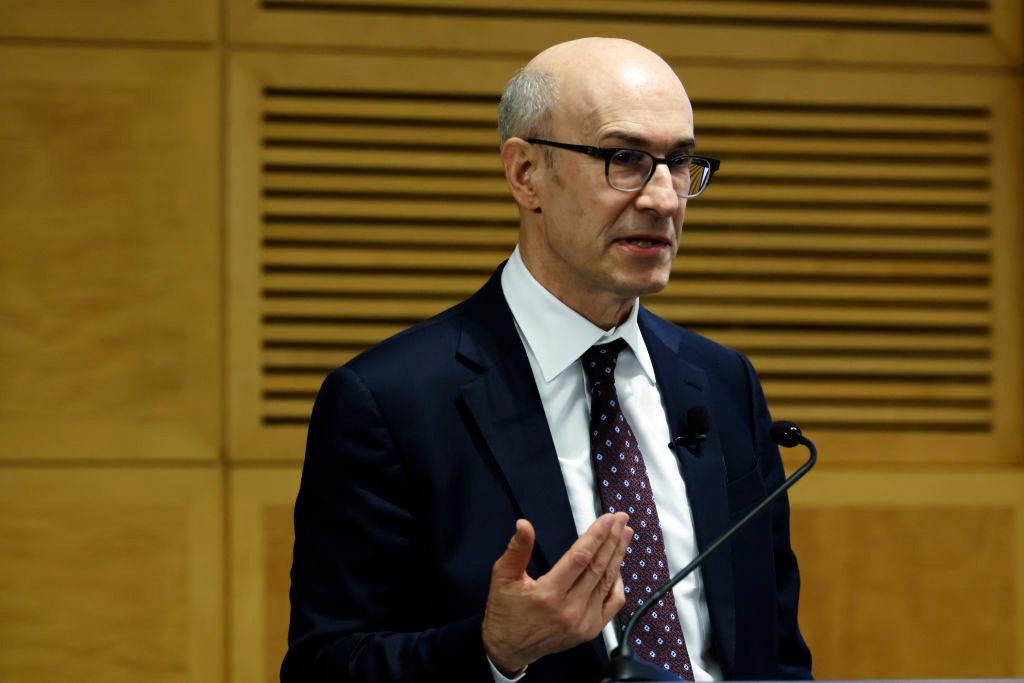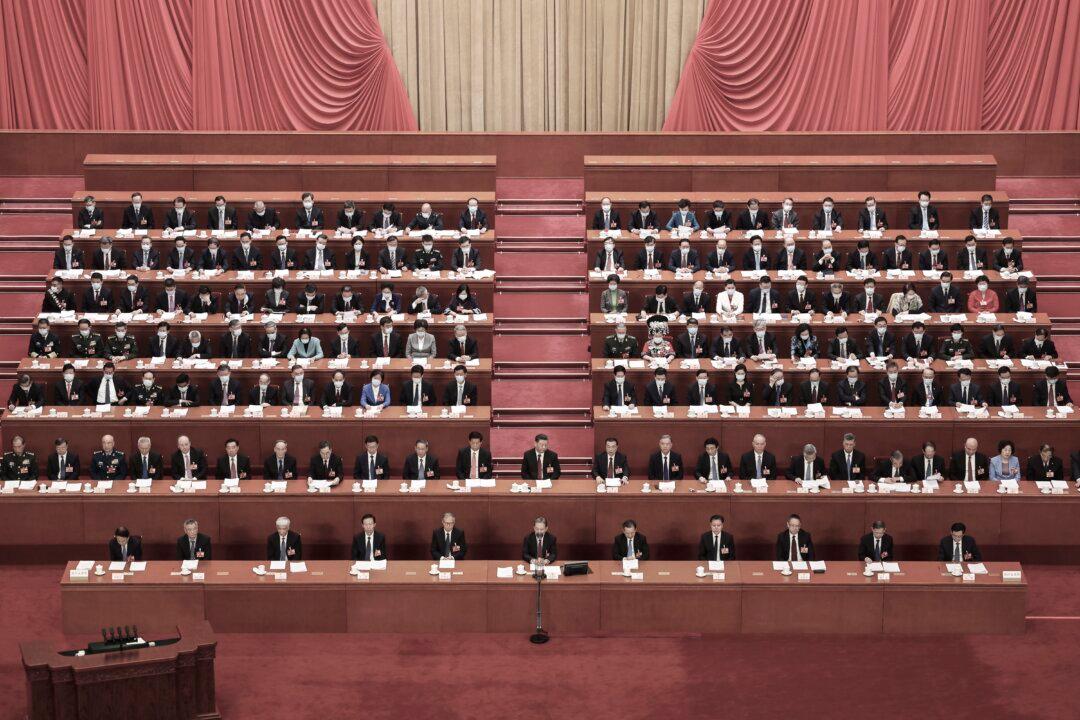China’s luxury market is surging at a double-digit rate and is expected to become the world’s largest luxury goods market within three years. Meanwhile, the Gini index (an income distribution marker) has exceeded the warning line of 0.4 set by the United Nations, signaling that the gap between the rich and the poor continues to widen, latest data reveals.
“The luxury market in China: 2021 a year of contrasts” a Jan. 20 report by Bain & Company, a consulting company based in the United States, indicates that despite increasing global, social, and economic challenges, China’s luxury market has bucked the trend and grown strongly in the past two years. It increased by 48 percent in 2020 and 36 percent or to 471 billion yuan (about $74 billion) in 2021, doubling in just two years.




